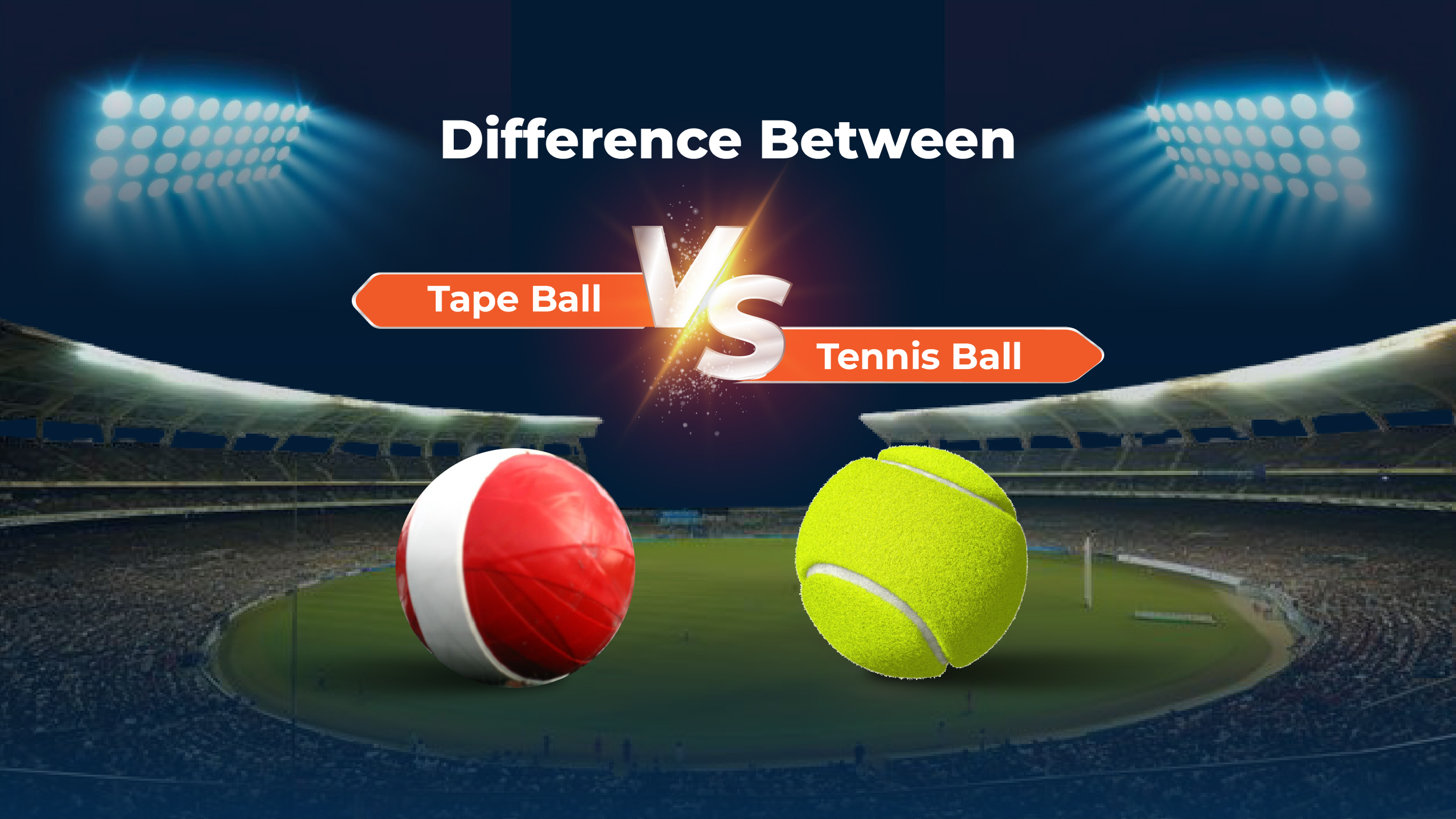
Cricket is not just a sport—it’s a heartbeat for millions across South Asia and beyond. While international cricket is played with leather balls, millions of young players first experience the game with alternatives like tennis balls or tape balls. Both forms have become cultural phenomena, shaping how cricket is played in backyards, gullies, and local tournaments.
Though they might seem similar, tape ball cricket and tennis ball cricket differ significantly in terms of rules, pace, equipment, and playing style. Each has its own charm and loyal fan following.
Tennis ball cricket is perhaps the most popular informal format of cricket in India and many other countries. Instead of the traditional leather ball, players use a lightweight tennis ball, which makes the game safer, faster, and easier to play almost anywhere.
Equipment: Regular tennis ball, sometimes slightly modified for bounce.
Venues: Streets, parks, empty plots, and even professional setups like the Dream League of India (DLI).
Gameplay: Fast-paced with high scoring due to the lighter ball.
Safety: Less chance of injury compared to leather ball cricket.
For many cricketers, tennis ball cricket is the first stepping stone to the sport.
Tape ball cricket originated in Pakistan during the 1970s and has since become a sensation across South Asia, particularly in Pakistan, Bangladesh, and Afghanistan. It involves wrapping electrical tape around a tennis ball. This changes the ball’s speed, bounce, and swing, making the game more challenging.
Equipment: Tennis ball tightly wrapped with black electrical tape.
Venues: Streets, cemented pitches, or open grounds.
Gameplay: Faster than regular tennis ball cricket, with exaggerated swing and bounce.
Popularity: Particularly famous in Pakistan, where tape ball leagues attract massive crowds.
Tape ball cricket blends the safety of a tennis ball with the intensity of a leather ball, creating a unique experience.
Here we’ll break down the difference between tape ball vs tennis ball cricket so you can understand which format suits your skills and passion better.
Tennis Ball Cricket: Uses a soft, lightweight tennis ball.
Tape Ball Cricket: Uses a tennis ball wrapped tightly with electrical tape.
Tennis Ball Cricket: Slower deliveries, easier for batsmen to hit.
Tape Ball Cricket: Much faster due to tape, giving bowlers an edge.
Tennis Ball Cricket: Very limited swing, predictable line.
Tape Ball Cricket: Extra swing and skid movement, especially on cemented pitches.
Tennis Ball Cricket: Lower and more predictable bounce.
Tape Ball Cricket: Skids, rises sharply, and bounces unpredictably.
Tennis Ball Cricket: Encourages big hitting and high-scoring games.
Tape Ball Cricket: Demands timing, reflexes, and technique due to swing and speed.
Tennis Ball Cricket: Bowlers rely on slower balls, spin, or line length.
Tape Ball Cricket: Favors fast bowlers—yorkers, bouncers, and swing dominate.
Tennis Ball Cricket: Minimal risk, safer for beginners.
Tape Ball Cricket: Slightly higher due to the harder taped surface.
Tennis Ball Cricket: More common in India, especially in gully cricket and leagues like Dream League of India (DLI).
Tape Ball Cricket: Extremely popular in Pakistan, Bangladesh, and the Middle East.
Tennis Ball Cricket: Quicker matches with more boundaries and sixes.
Tape Ball Cricket: Matches can be intense and longer due to competitive bowling.
Tennis Ball Cricket: Best for beginners and casual players.
Tape Ball Cricket: Better for intermediate and advanced players aiming to simulate leather-ball cricket.
The debate of tape ball vs tennis ball cricket is less about which is better and more about what excites you as a player or fan. While tennis ball cricket brings accessibility, safety, and batting fireworks, tape ball cricket adds swing, speed, and technical challenges that mimic professional cricket.
At the end of the day, both formats have kept the cricketing spirit alive in streets and local grounds, inspiring millions of players. Whether you’re smashing sixes with a tennis ball in India or mastering the art of swing with a tape ball in Pakistan, one thing is certain: these formats are the soul of grassroots cricket.













